PROPOSED PPP (PUBLIC-PRIVATE PARTNERSHIP) PROJECT
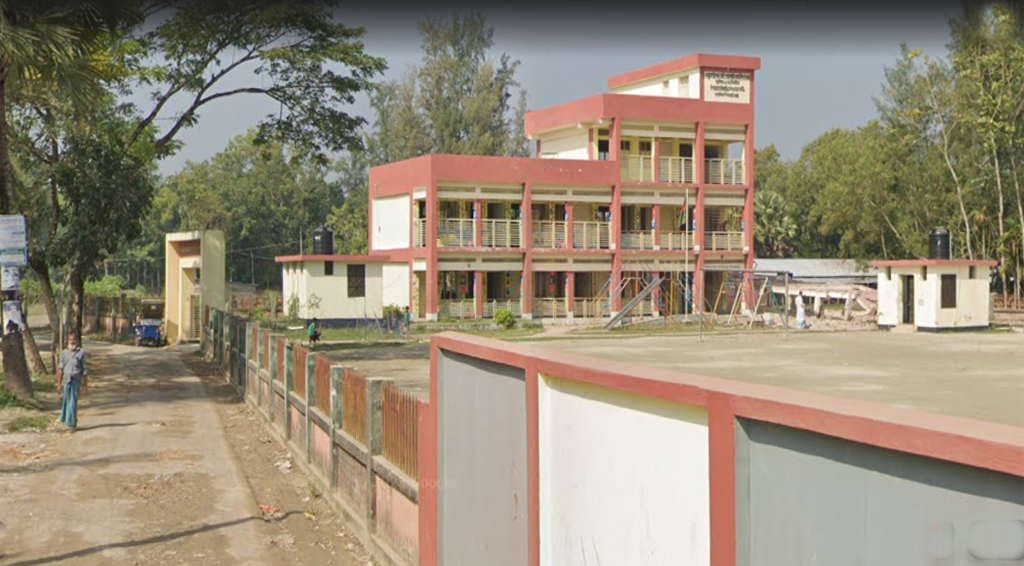
Bangladesh School of Production & Marketing, Primary: BDSPM-P1.1
A Participatory Action Research (PAR)-Based Circular Economy (CE) Project.
A PAR project of 1.5 million plus new jobs. Total 5 (Five) phases. Phase-1 to Phase-5. Total 50,000 schools*. Each phase 300,000 Institutional/ Academic + Industrial appointments under Circular Economy (CE) to save environment, reduce poverty and inequality.
Phase-1: 10,000 Primary Schools*. Total Institutional appointments 50,000 (i.e., 10,000×5) university etc. educated graduates*. Each school minimum 5 institutional/academic appointments. Total Industrial appointments 250,000 (i.e., 10,000×25). Each school minimum 25 industrial appointments. Total Academic & Industrial appointments (Institutional/Academic 10,000 x 5= 50,000 + Industry 10,000 x 25 = 250,000): 300,000 educated graduates and others.
An ICI Team of 15 only.
1.0 Green Team (Marketing 1+1+1+1+1= 5), 2.0 Red Team (Production 1+1+1+1+1= 5), 3.0 Blue Team (Co-ordination 1+1+1+1+1= 5).
1.0 Green Team (Marketing)- University Graduates: GT1
GT1.1 (PAR Team Leader): PhD Student ID 2401914
GT1.2 (PAR Member): ……………………………………………………….
GT1.3 (PAR Member): ……………………………………………………….
GT1.4 (PAR Member): ……………………………………………………….
GT1.5 (PAR Member): ……………………………………………………….
2.0 Red Team (Production)- Skilled, Semi-skilled and unskilled workers: RT1
RT1.1 (PAR Team Leader): Musa
RT1.2 (PAR Member): Nazmin
RT1.3 (PAR Member): ………………..
RT1.4 (PAR Member): ………………..
RT1.5 (PAR Member): ………………..
3.0 Blue Team (Co-ordination): BT1
BT1.1 (PAR Team Leader): Dr Binam
BT1.2 (PAR Member): …………………………..
BT1.3 (PAR Member): …………………………..
BT1.4 (PAR Member): …………………………..
BT1.5 (PAR Member): …………………………..
Carbon emissions and environment:
The carbon emissions from producing 1 metric ton of rod iron (or steel) can vary depending on the production method used.
Traditional blast furnace/basic oxygen furnace (BF/BOF) steelmaking, which is the more carbon-intensive method, emits about 2.3 metric tons of CO2 per metric ton of steel produced. This process relies heavily on coal, contributing to high emissions.
In contrast, electric arc furnace (EAF) methods, which primarily recycle scrap steel and use electricity (especially from renewable sources), produce significantly lower emissions, approximately 0.77 metric tons of CO₂ per metric ton of steel. This method is considered more sustainable(McKinsey & Company )(Nucor).
The carbon emissions from cement production are approximately 0.6 tons of CO₂ per metric ton of cement produced. This figure has remained relatively stable since 2018 due to factors such as the clinker-to-cement ratio, energy efficiency, and use of low-carbon fuels. However, ongoing improvements are essential to reduce emissions further, such as using alternative fuels and materials, enhancing energy efficiency, and implementing carbon capture technologies(IEA).
NOLUA BHUIYAR HAT GOVT. PRIMARY SCHOOL
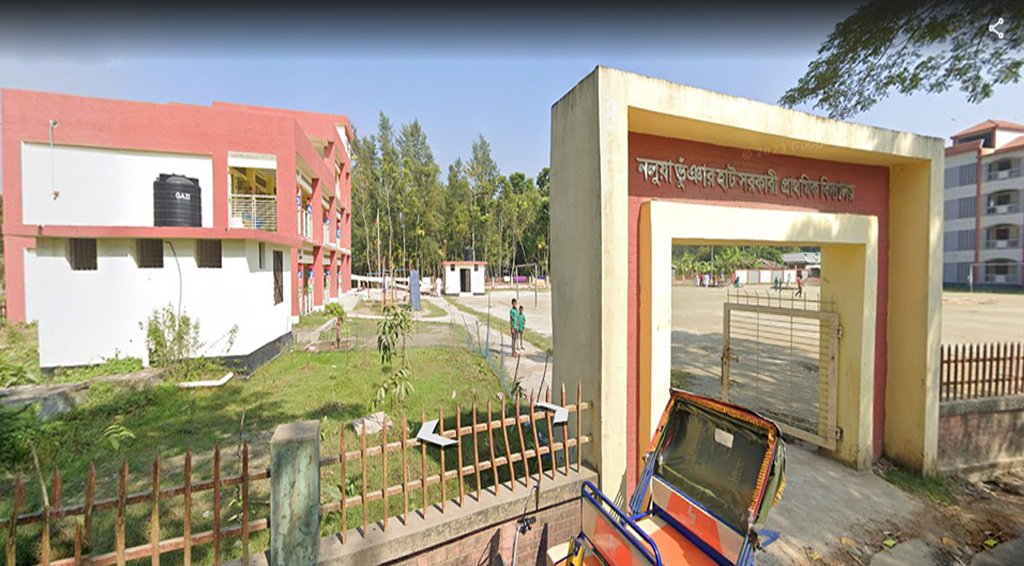
SPM in Bangladesh
SPM-ICI in Bangladesh in collaboration with UK.
Red Team (RT): Musa & Namin, Green Team (GT): Jehadi & Mohib and Blue Team (BT): Dr Binam Ghimire
NOLUA BHUIYAR HAT ICI
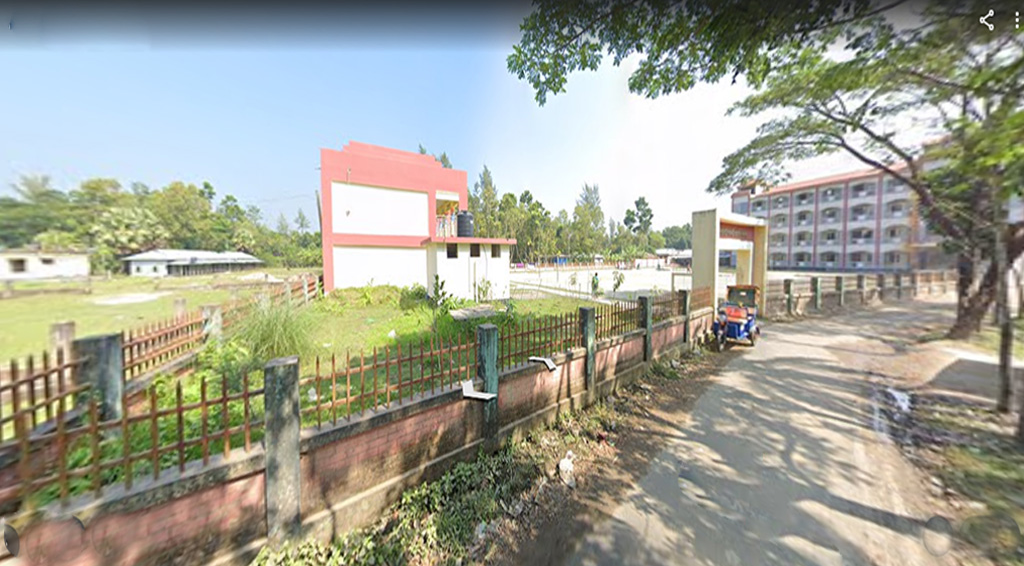
NOLUA BHUIYAR HAT GOVT. PRIMARY & HIGH SCHOOL
SPM -P&H
Musa, a skilled footwear professional, the Employee Owner (EO)

ICI - FOOTWEAR
Musa with his tiny footwear industry.
Jinnurine, a learner and the Employee Owner (EO)

ICI - FOOTWEAR BACKWARD LINKAGE INDUSTRY
Julkernine with his Flatbed Flyknit Jacquard Machine (System-3).
Diabari Government Primary School- an ICI
School of Production & Marketing (SPM)
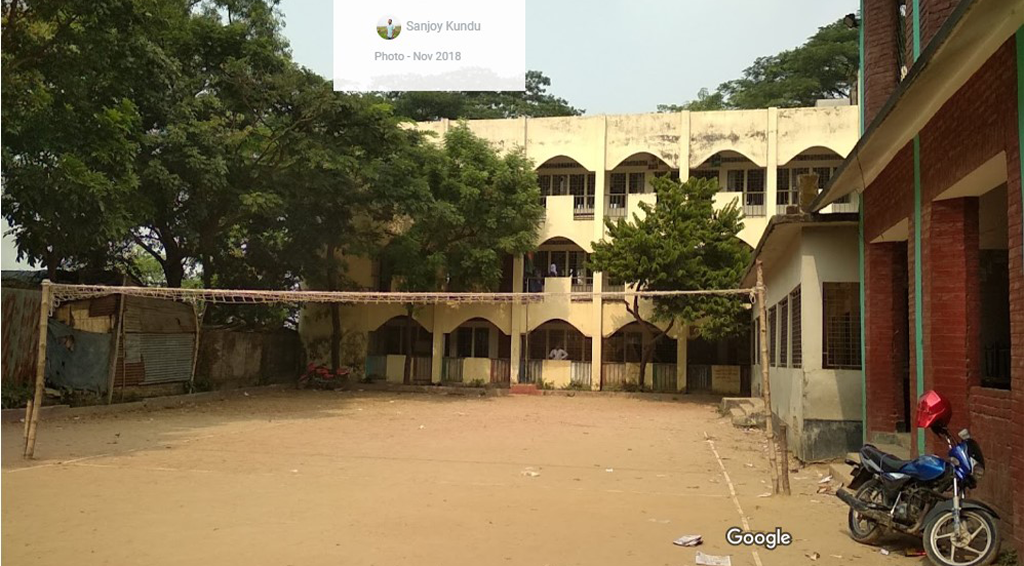
Diabary Government Primary School, the first target ICI in Dhaka as a pilot project. Five (5) University students will teach primary students free of costs and will utilise the structure after study period as the centre of job creations.
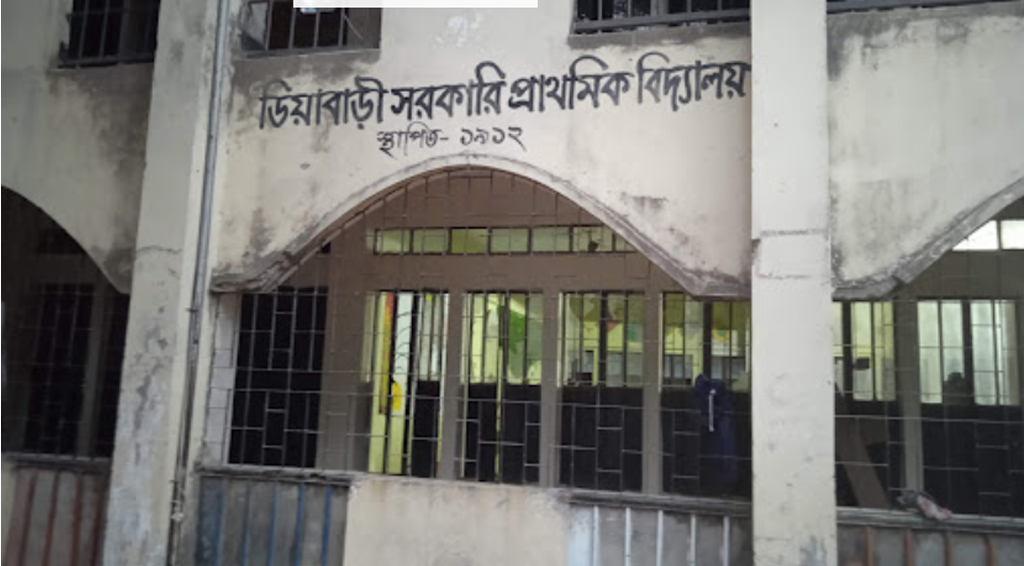
Temporary Diabari SPM
Temporary School of Production & Marketing (TSPM) under Participatory Action Research (PAR) programme.
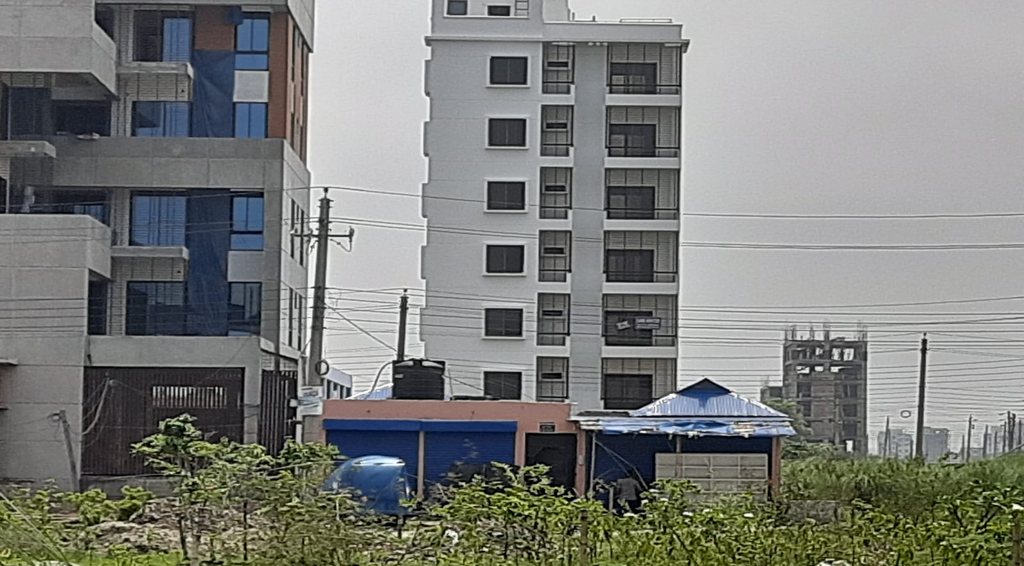
Participatory Action Research (PAR) Centre
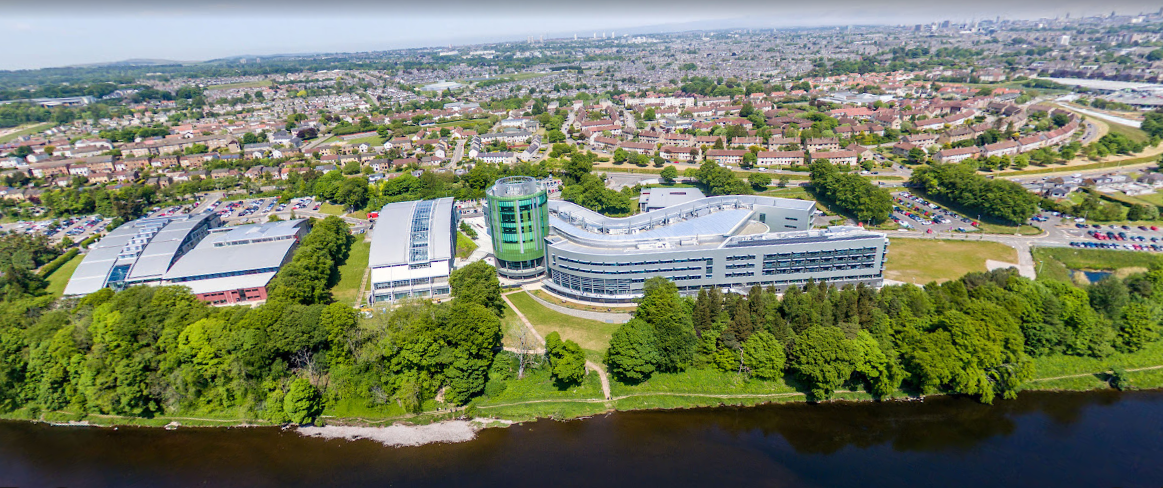
Image credit: Google Earth (3 October 2024)
